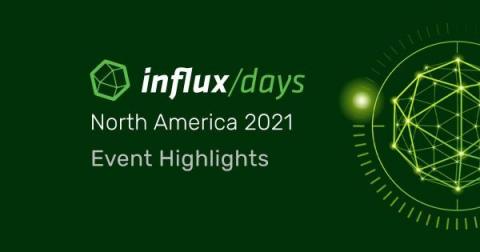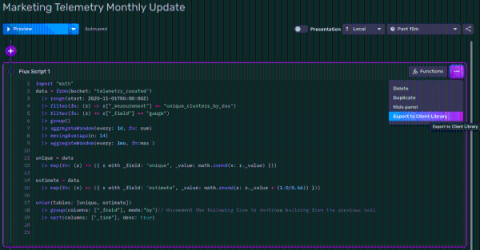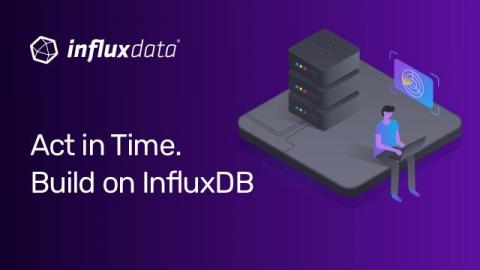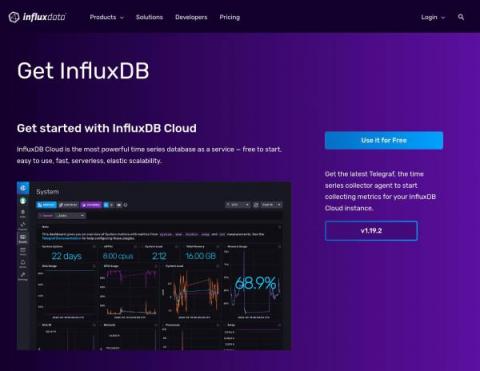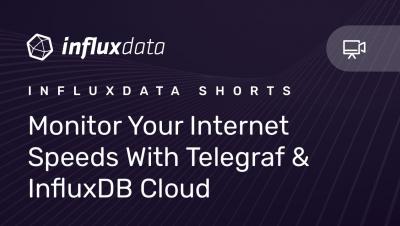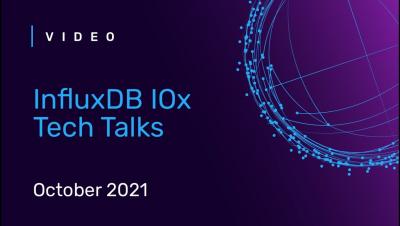Event Highlights: InfluxDays North America 2021
Roadmap revealed, insight gained, connections made, and InfluxDB Challenge swag won — that’s a wrap for InfluxDays North America 2021! The conference, which brought together the #InfluxDB community to exchange time series acumen and use cases, is always a reminder of why and how we’ve grown. It included subject-matter-expert led courses, on-demand videos and live sessions.


